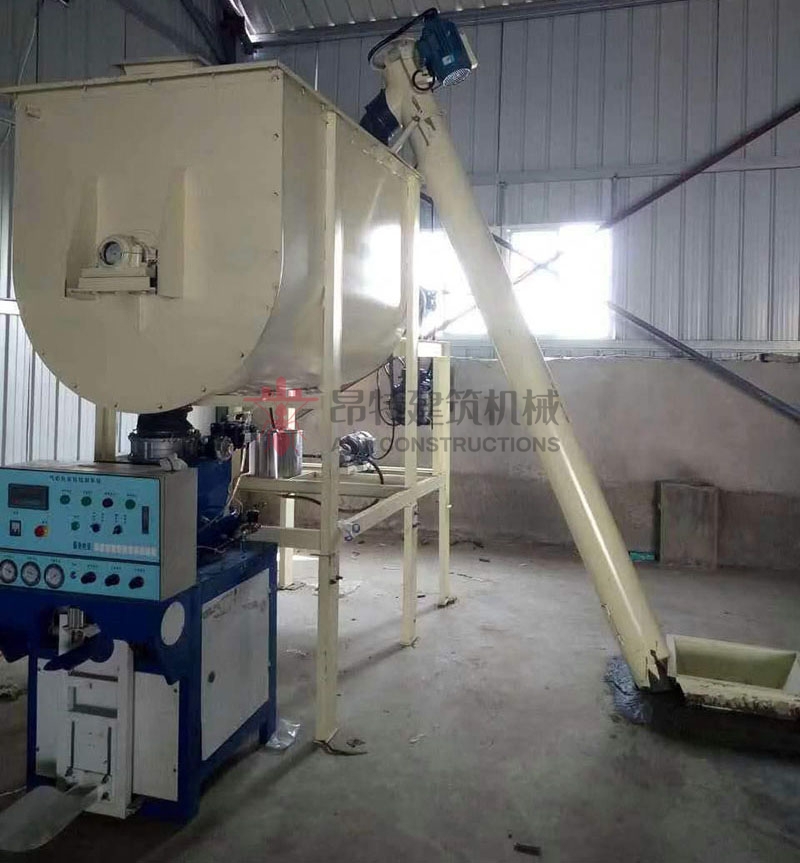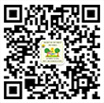Traffic road striping line reflective paint production line
What is traffic road paint?
Traffic paint is a thin layer of blended material. Paint is mainly composed of finely ground pigments that are mixed into a resin or binder system. Then various ingredients and additives are incorporated for certain desired properties. A liquid (water or solvent) is added to the mixture to produce a material that is pliable by application equipment. All of the ingredients/components in traffic paint are added specifically for one or more of the following functions: aiding the manufacturing process, increasing storage time in containers, easing application, and increasing durability once the paint has been applied.
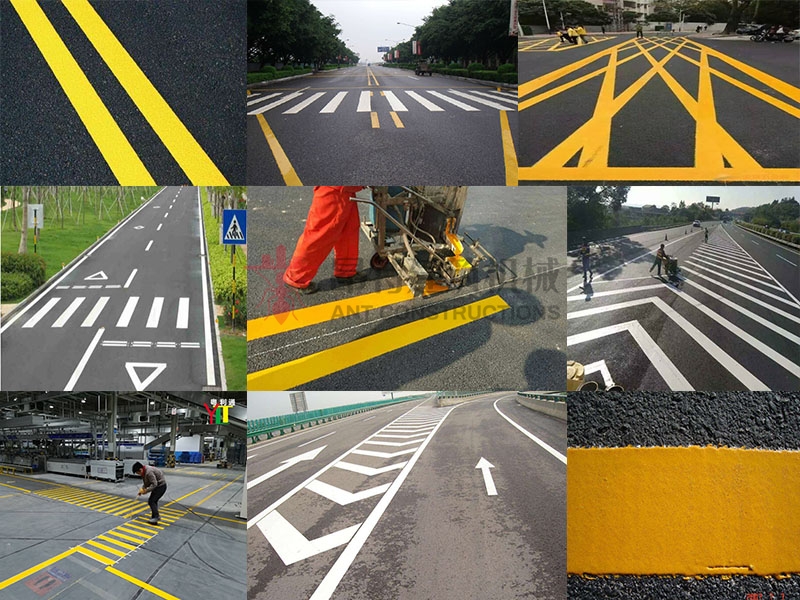
Components of traffic paint:
– Prime Pigments: Prime pigments are used to impart chemical properties such as UV stability, or physical properties such as color and hiding. Hiding is the ability of a paint to cover or block out the surface (substrate) beneath it. Titanium dioxide is typically used to make a white color. It is the primary pigment that gives traffic paint good hiding power.
– Extender Pigments: Once the necessary amount of prime pigment is added for hiding, less expensive extender pigments or fillers are used to bring the pigment level up to the required point. Extender pigments not only reduce cost, they give paint consistency, durability, permeability, and scrubability. These properties are very important when considering the harsh environment and abuses that traffic paint must withstand. The main types of extenders are aluminum silicate (china clay), calcium carbonate, calcium sulfate, and magnesium silicate.
– Resins or Binders: The resin is the component that bonds the pigment and beads together. It also provides the adhesion to the road surface. The resin is the binder or glue in paint. Waterborne paints typically use three types of resins. They are polyvinyl acetate latex, methylmethacrylate, or a one-hundred-percent acrylic resin. These materials are pre-reacted and put into solution using emulsifiers. These emulsions are materials that normally do not mix. Once the paint has been applied, it must allow the water to evaporate in order for the paint to “break” and adhere to the roadway. This settling is generally called coalescence. One-hundred-percent acrylics are used predominantly due to faster “no track” times and less heat needed during application.
– Solvents: With waterborne paint, the water is more of a diluent rather than a solvent. It holds the resin emulsion in solution with the other components until the paint has been applied. Fast-dry waterborne paints may contain ammonia and/or methanol. Ammonia and methanol are Volatile organic Compounds (VOCs). These VOCs accelerate the curing process throughout evaporation. In solvent borne paints, the evaporation rate is very important. Because of this, they need to be tailored to leave the film at the right time. When solvents evaporate too fast, the surface can skim over and trap the rest of the solvents within the film. Most solvent blends keep the film open while solvents escape. That is why, as a general rule, just any solvent will not work.
– Additives: Additives are included in paint to help prevent problems. One example is an anti-foam agent, which keeps paint from foaming during the high-speed mixing process. Other additives help prevent the paint from freezing, settling, or skimming in the drum. Additives usually only make up 0.1 to 5 percent of the paint. Some have a single function and others may have multiple functions. For example, ammonia acts as an accelerator for drying and keeps the pH level up in waterborne paint while being stored. It is important to maintain the pH level at 9.5 or higher to ensure the latex remains suspended in solution.
How to produce traffic road paint?
Thermoplastic marking paint mixers can be divided into 1 ton and 2 tons mixers according to their mixing capacity at a time. A large output mixer can be customized according to the output requirements of different customers, such as 3-5 tons mixers, even larger output can also be specially produced in our factory. No matter what output capacity of mixer, the operation process is similar, the whole process is as follows:
1, Prepare raw materials as formula.
Except the large-scale fully automatic Thermoplastic marking paint production line which automatically measures and distributes the proportions, the small prodution uses manual batching of raw materials proportion and puts the proportioned raw materials into the mixer manually for mixed production. The Thermoplastic marking paint mixer can mix powder materials and liquid materials.
2, Materials feeding.
The equipment equipped with a screw feeder directly which lifting the materials from ground to mixer. There are two feeding methods, one is to use a bucket elevator for vertical feeding, and the average feeding speed is 7 kg/s (tested with 200 mesh materials); the other is to use screw conveyor feeding inclinedly,this feeding equipment is low cost, easy production and equipment maintenance.
3, Mixing.
The mixing work is finished by thermoplastic paint mixer. Thermoplastic paint mixer is normally use single shaft ribbon bype mixer, mixing cycle time is about 5 minutes.
4, Packaging.
If the mixer equipped with a finished product silo, the air-flow valve port automatic packaging machine is connected to the finished product silo. After the material all discharged from the finished product silo, materials will be released to the packaging machine and the work only need one button operation to finish packing. If the equipment doesn't have a finished product silo, the valve port packaging machine is directly linked with the mixer discharge port for packaging. This packaging method is fast, time-saving and labor-saving.
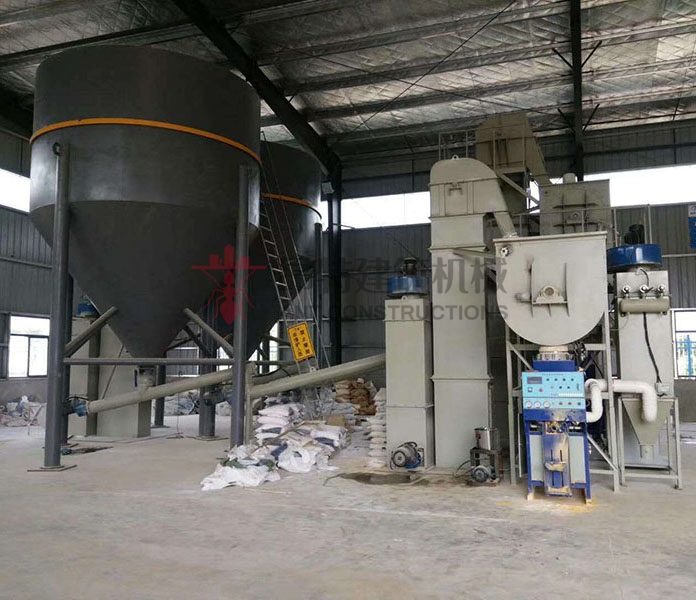
Main Parameters-Traffic road striping line reflective paint mix produciton machine/ Complete production line
Traffic road striping line reflective paint mix produciton machine/ Complete production line is mainly composed of ribbon mixer , finished product holding tank, packaging machine, bucket elevator, dust collector, air compressor system, control system, etc.
Items | Spec | Qty | Power(KW) | Total Power(KW) |
1 | Material charging hopper | 1m3 | 1 |
|
|
2 | Bucket elevator | 36/23 | 1 | 4 | 4 |
3 | Double shaft non-gravity mixer | 2m³ | 1 | 18.5 | 18.5 |
4 | Finished products silo | 2m³ | 1 | 7.5 | 7.5 |
5 | Valve packer |
| 1 | 4 | 4 |
6 | Pulse dust catcher |
| 1 | 2.2 | 2.2 |
7 | Wire&cables |
|
|
|
|
8 | Air compressor | 0.6m³ | 1 | 4 | 4 |
9 | Steel platform |
| 1 |
|
|
10 | Control cabinet |
| 1 |
|
|
| Total |
|
|
| 40.2KW |
Unique turnkey solution provider-Glass beads based road line thermoplastic marking paint mixer
Henan Ant Constructions is one of the earliest producer of kinds of dry mix thermoplastic road paint mix machine in China. Therefore, it gone through the whole history of road paint application in China and summerized rich experiences in improving formula and solutions for kinds of problems during application, such as cracking, adhesive strength, light reflection, etc.
Henan Ant Constructions design suitable formula according to your local materials feature and also provide kinds of suitable chemical additives, cooperated lab for making different testing of additives and finished thermoplastic paint is available too.
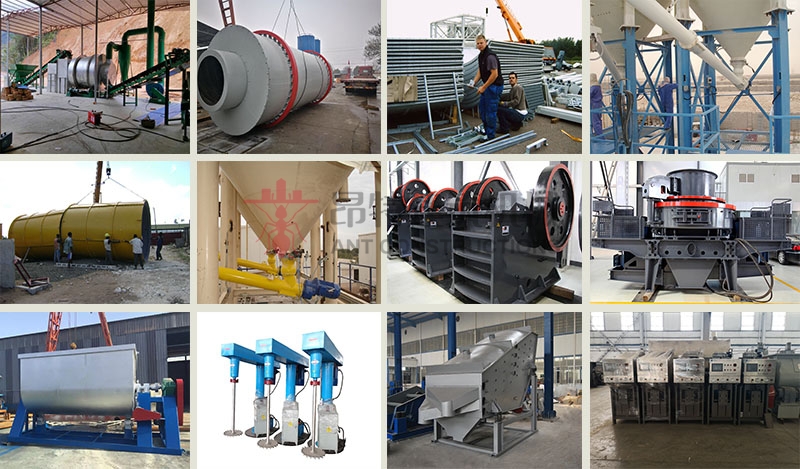
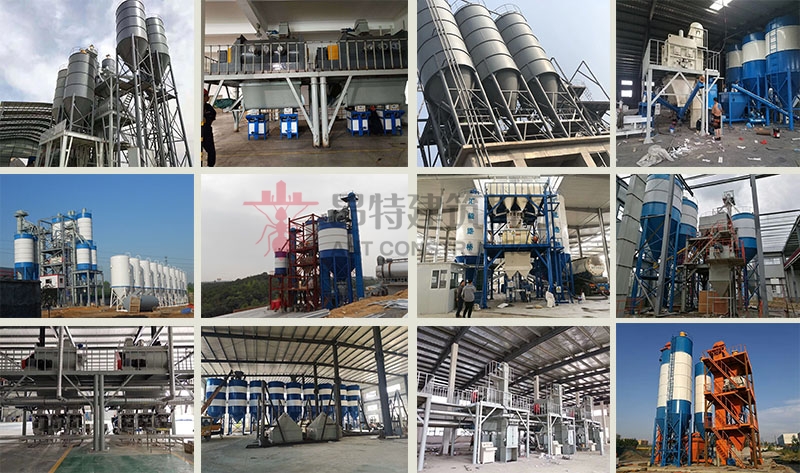
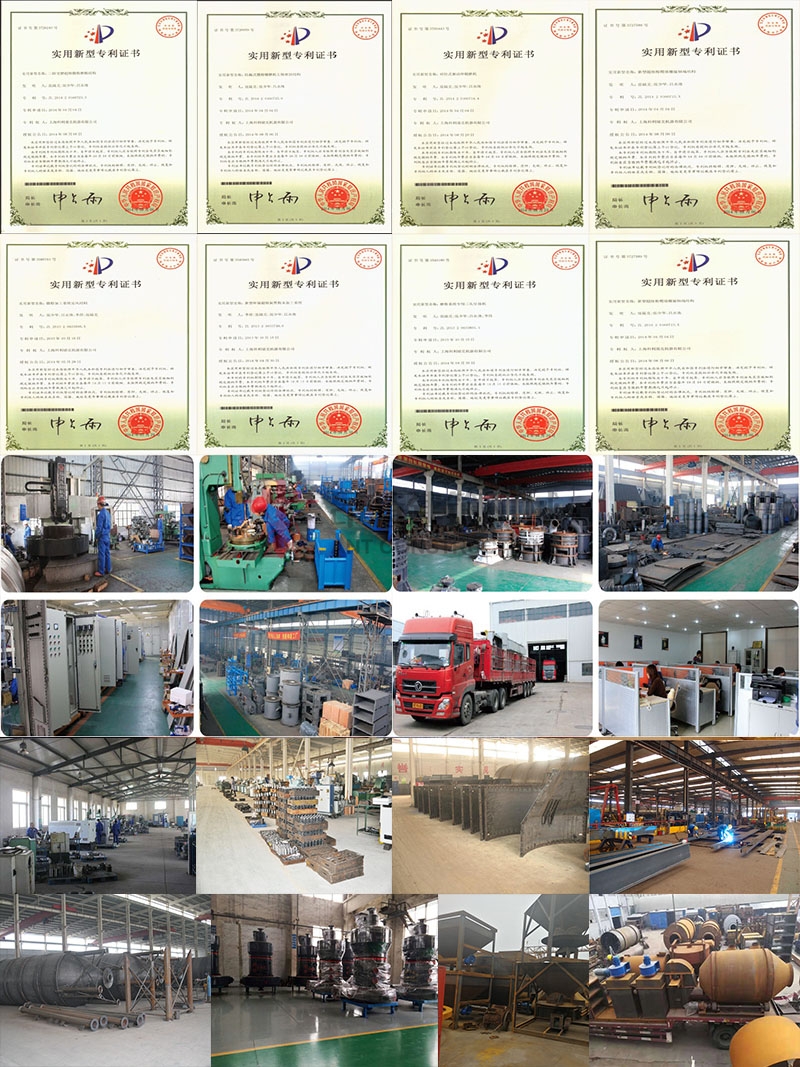
Tips on application of traffic road paint :
First, the construction schedule
Under normal circumstances, the construction of the main line can complete 800-1000 m2 of marking line per day, the guiding line can be completed 400-600 m2 per day, and the guiding arrow can complete 60 per day.
Second, the construction method
The marking line construction personnel are divided into three groups, namely the road cleaning and discharging line group, the paint melting and stirring group and the marking line coating group. The construction temperature is generally between 100 ° C and 30 ° C. When the ambient temperature is lower than 100 ° C, it is resolutely not applied. The road surface must be dry and free of dust during construction.
1. Road cleaning and discharging line group: Firstly, use the hand-push road cleaning machine to remove the road area soil, floating dust and obstacles, dust, asphalt, oil or other harmful substances, and mark the wire as required. There are many ways to mark the wire, one is to use the rope ash line (that is, the elastic package). This method has a fast and simple schedule, but it has high technical requirements for the marking line personnel, and it is easy to produce deviations due to the experience of the straight line of the wire, and the gray line is easy to fall off; another kind of steel nail pulls the lead to ensure a better wire. Qu, straight, but the progress is slightly slower. For the various arrows and characters, the above two methods are generally used, and for the lane edge line and the boundary line, the marking line can be used for the lofting and arranging. During construction, we will use it flexibly according to the experience. In the second step, a primer is applied to one side of the wire with a primer. The spraying method is better, the primer width is uniform, the paint film is uniform, and the adhesion is also good. When using the brush by hand, it is necessary to master the amount of paint used moderately, evenly, not leaking or lace. Dry after coating for 5 to 10 minutes, press it with your fingers and lift it into a wire shape. At this time, it can be regarded as the road surface finish.
2. Coating melting and mixing group: The coating (auxiliary) is put into the hot-melting kettle, and the temperature in the kettle is controlled between 180 °C and 210 °C. While melting and stirring, the temperature is strictly controlled. After melting and dispersing, in order to ensure better quality of the marking, the inspection test is carried out. The test method is to take a little sample of the paint in the kettle and apply it into a sheet shape (about 1.6 mm thick) to make it cool naturally. After drying, bend it with a finger. When it is bent to about 35 degrees, the smear breaks best.
3. Marking line coating group: When the hot melted melted paint is placed in the lined storage tank, it must be filtered with an iron screen. Ignite the fire under the bucket and on the side of the scribe to maintain the proper construction temperature. Then pour the glass beads into the box and the construction can begin. When scribing, the scribing car is coated with a wire, and the suitable temperature of the coating at the time of coating is approximately 180 °C.










